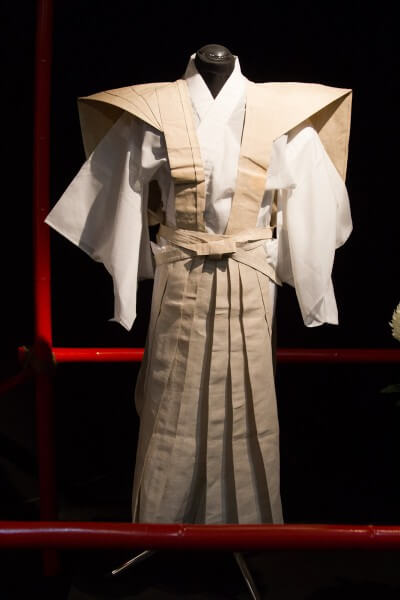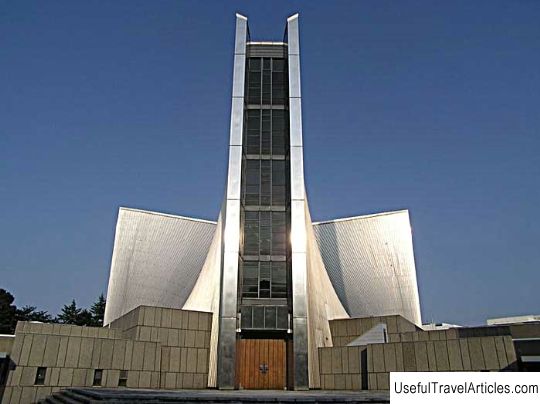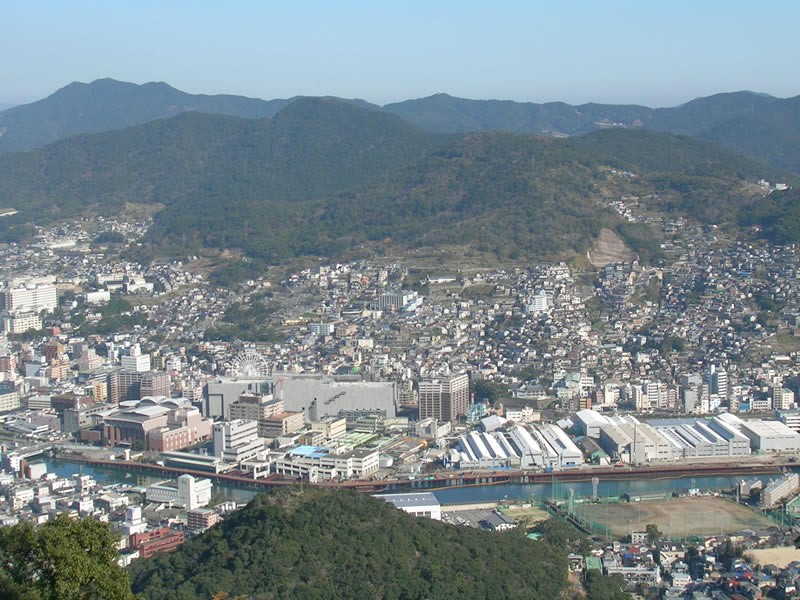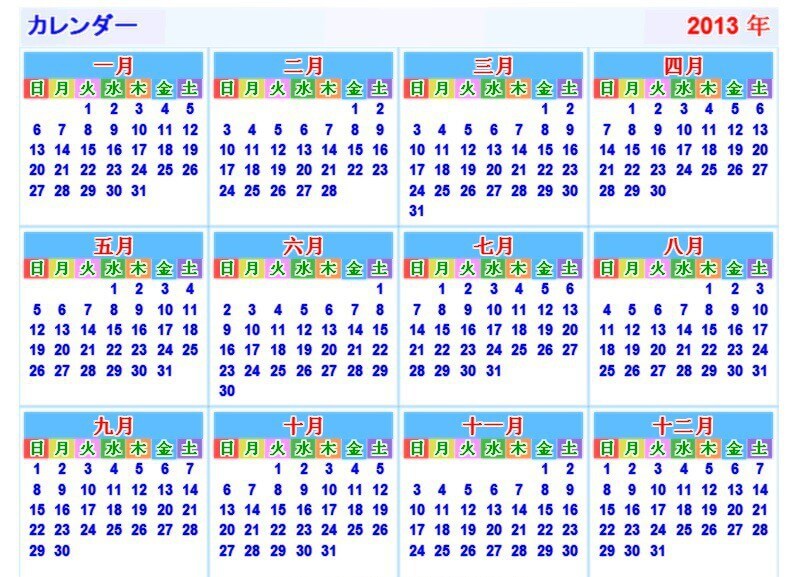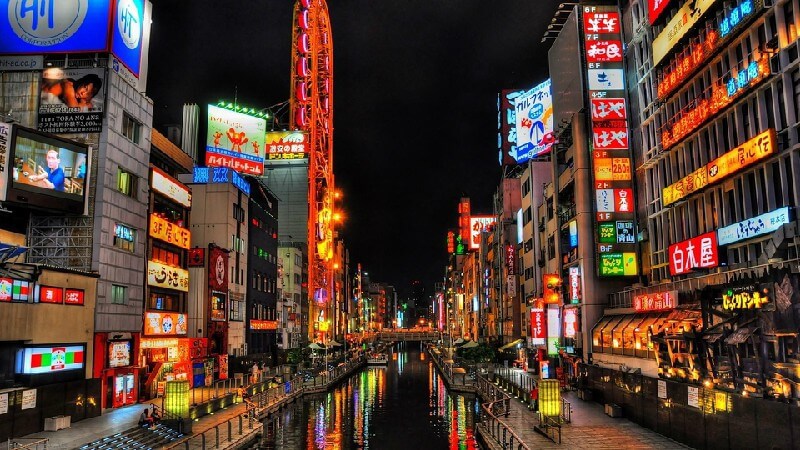Nagasaki Resort Information in Japan
Rating: 8,3/10 (2069 votes) 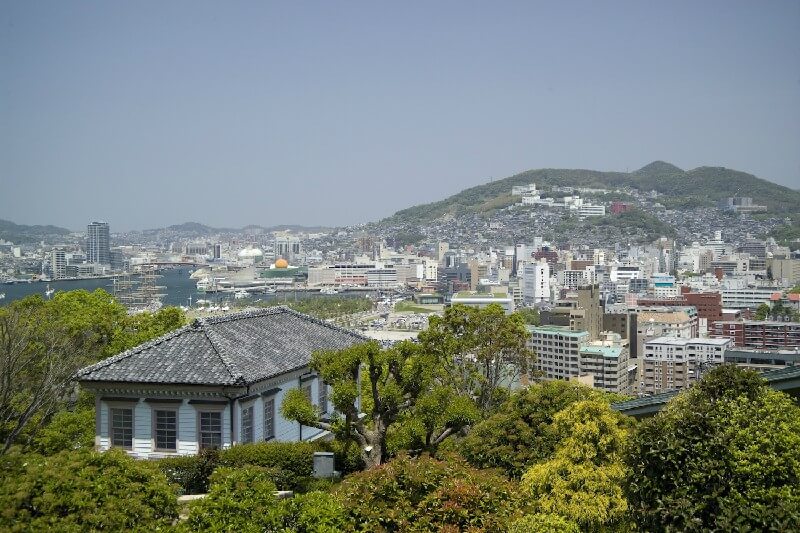 TourismLovers of delicious food will love the local Chinese restaurants. Not far from Xianbashi, there is a popular place - the G Soul Bar. Here you can enjoy the night views of the neon city lights, a variety of drinks and wonderful rhythmic hip-hop and R&B music. Another good place is the Ayer's Rock nightclub, which showcases locals musicians for over 10 years. There are many young people here, and the prices are quite reasonable. Every year, near the Chinese district of Nagasaki, a bright holiday is held - the Dragon Parade. AttractionsIn the city, you can see many important sights. The place of execution of the Japanese martyrs - Nishizaka hill, where in 1597 the execution of 26 Christians took place on the orders of the Japanese ruler Toyotomi Hideyoshi. Among them were 6 people from other countries and 20 Japanese. This place is recognized as the"Japanese Calvary". On the hill there is a monument dedicated to crucified Christians. The Honrenji Buddhist Monastery at one time, namely in 1620, was founded by monks of the militant sect Nichiren-shu. The building is located on the site of the Christian Hospital of St. Lazarus and the Church of St. John the Baptist. At a time when Christians were persecuted, many of them found their death in the courtyard of this monastery. Oura Church is recognized as the oldest church in Japan, created in the neo-Gothic style. It was built in 1864 by Catholic missionaries from France. The construction of this church in Nagasaki was the revival of the urban Christian community. The church is a national monument of Japan and one of the most important local relics of the city and country. The Ocular Bridge is a valuable cultural monument, built in 1634 over the Nakashima River. Its name comes from the"glasses" formed by two bridge arches and their reflection in the waters of the river. Sefukuji Monastery is one of the four Buddhist"happy monasteries" in the city of Nagasaki. It was built in 1629 by monks from South China. The"treasury of heroes" of the monastery and its red"dragon gate" are among the country's national treasures and relics. The Museum of History and Culture of Nagasaki, dedicated to the theme of Japan's international contacts with the world, as well as Japanese Christianity and the isolation period of the 17th and 19th centuries. The museum building is located on the site of the estate of the state police officer Nagasaki, built in the Middle Ages. This manor house has been completely reconstructed in the territory of the museum halls. The ancient sanctuary of Sanno Jinja is famous for its majestic gate, destroyed during the atomic bomb explosion during military operations. To this day, only the column has survived, which is a reminder of the terrible war that befell the country. Glover's Garden - a mountain park from which a beautiful panorama of the Nagasaki Bay opens. It is located on the territory of the former"foreign reservation", here many valuable assets of Western style architecture of the second half of the 19th century have been preserved. The Atomic Bomb Museum will tell everyone in detail about the tragedy of the city of Nagasaki on August 9, 1945. In the halls of the museum there are exhibitions with more than 9 thousand photographs, many films and belongings of people injured during the bombing. The main theme of the museum is nuclear disarmament. The Urakami Cathedral is a shrine considered to be one of the symbols of the city. The construction of the cathedral lasted several decades and ended in 1925. The atomic bomb dropped on the Christian quarter destroyed the entire cathedral, but it was reconstructed by 1959. The Japanese Martyrs Museum is a place dedicated to the history of Christianity in Japan. The exposition contains Christian manuscripts and works of art from the period of the 16-19 centuries, as well as a letter from Francis Xavier to King Joao III of Portugal. There is a library near the museum. The site of the former Chinatown Nagasaki, or Chinese manors, built by the Japanese government in 1689. They were needed to centralize trade with China, and also helped to fight against Chinese smuggled products. The Dutch Dejima Trading Post Museum arose on the site of the artificially created Dejima Island, the Japanese “window to Europe” of the 17th-19th centuries ... The museum houses household items, reconstructions of Dutch trading posts and scientific instruments of those times. Fukusaiji Monastery is another of the four Buddhist"happy monasteries". Built in 1628 by Zen monks from China. The white statue of the goddess Kannon was created in 1971 in memory of those who died in the atomic bombing of Nagasaki. The Shinto Shrine of Suwa Jinja was founded in 1625 on the site of the shrines of Morizaki, Sumiyoshi and Suva, which were liquidated by the Japanese. The sea deity is worshiped here. A city-wide festival called Nagasaki kunti is held near the shrine. Kofukuji Monastery is also one of the four Buddhist"monasteries of happiness" in Nagasaki. It was built in 1624 by Chinese monks during the Christian persecution. The building was proof of the involvement of the Chinese community in Buddhism. Nagasaki Peace Park is a memorial located in the north of the city. It is dedicated to the victims of the atomic bombing on August 9, 1945. The symbol of the park is the sculpture"Prayer for Peace", the author of which is the artist Kitamura Seiba. The epicenter of the atomic bomb explosion is a special, tragic place in the city, today turned into a small park, in the center of which is the dilapidated column of the Urakami Cathedral. It was brought here from the ruins of the cathedral, located 500 meters from the center of the explosion, it is considered a symbol of Christian prayer for peace. The Confucius Mausoleum is the only Confucius monastery in Japan, built by the Chinese in 1893. On the territory of this place you will get acquainted with the Museum of Antiquities of China. 
We also recommend reading Nagano Resort Japan Information Topic: Nagasaki Resort Information in Japan. |
